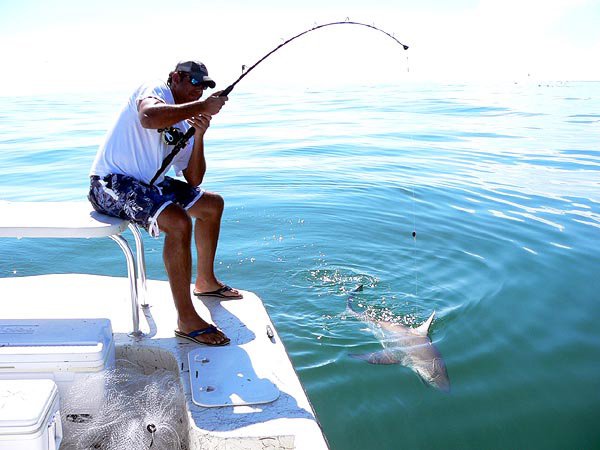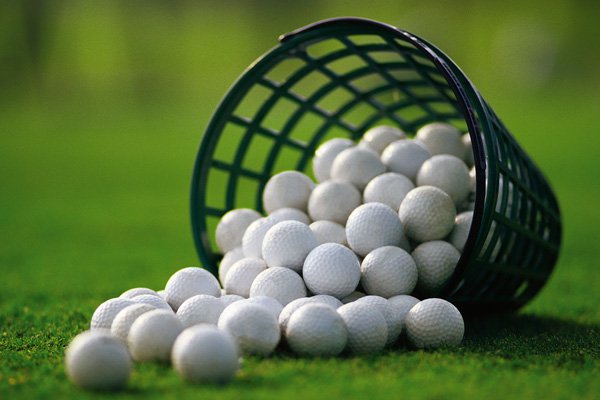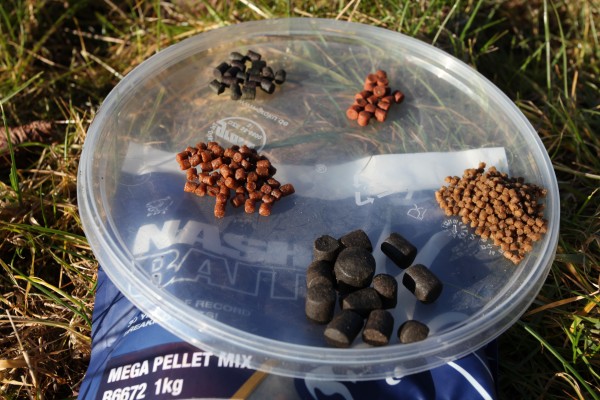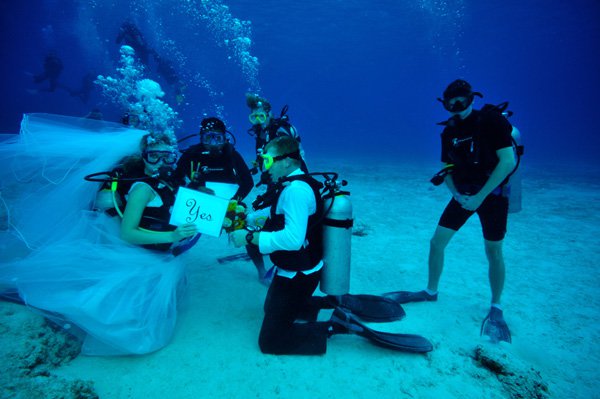
Blue Catfish are unlike any of the other main Catfish species in the United States. Many consider them to be the ultimate trophy catfish and to be excellent table fair. Unlike Channel Cat's and Flatheads, the Blue Cat's actually school up and migrate depending on the season making them a little more tricky to catch if you don't know the patterns and locale. Over the years I have to say the most important thing i have learned would be that Every lake is different, so it's up to you to learn the lake you fish on and discover what works and doesn't on your own. What applies to one lake, does not necessarily apply to the other when it comes to the best tactics and locations. That being said, there are some things that hold true no matter what lake you are on.
#1 Bait
No matter what lake you are on there is no disputing what the best Blue Cat bait is, that is freshly caught shad from the body of water you are fishing. Shad is the Blue Cat's main prey and make up for 90% of it's diet. So, you can never go wrong when you have fresh cut or live shad. When you cut the shad, cut it in half at an angle so that each half has some of the juice and 'guts' in it. Make sure to leave plenty of hook exposed, in other words, don't cover up the hook. If you use them live, hook them through the nose.
#2 Tackle
I am a firm believer in using light tackle. I see so many people using offshore class tackly and 100 pound test line and I just laugh. It's overkill in my opinion to use anything heavier than 30 or 40 lb braid at the most. My ideal setup is a medium heavy action 6'6" rod with an Abu Garcia c3 5500. I like to use 30lb braid with a fluorocarbon leader and a #4 circle hook. I also think having a lighter rod makes hook-ups easier.
After you have fresh bait and good tackle it's up to you to find the best spot on your lake. As a general rule, they come shallow to feed and deep to rest. However, everything depends on your particular lake. I try to look for any kind of river or creek channel, drop offs, submerged humps, ledges, points etc etc. Water temperature plays a huge role in all this. Generally the catfish will want to find the most oxygenated water that is also the warmest (if it's in winter) or coolest (if its summer). Thermoclines play a huge role when i decide where to fish because the fish will be hanging out right at that depth.
Sometimes you'll discover that even after you have located fish you can't seem to get any bites. You will get little nibbles and you'll reel your bait in and see 'chew' marks on it. This is when things get peculiar. You would think with their big ol mouths they would just gobble any size piece of bait they run across. But sometimes, you'll find they only want a very small piece of bait. When this happens I take a shad and fillet it like i would a regular fish. Take a piece of shad fillet about the size of your thumbnail and throw it out. You'll be amazed at the results! I have caught cats up to 30 pounds on small pieces of shad fillet.
Thats all for now! Keep checking back for more articles in the future.
Procuring the best Golf equipments


Underwater Diving and Scuba Diving

Copyright © www.mycheapnfljerseys.com Outdoor sports All Rights Reserved